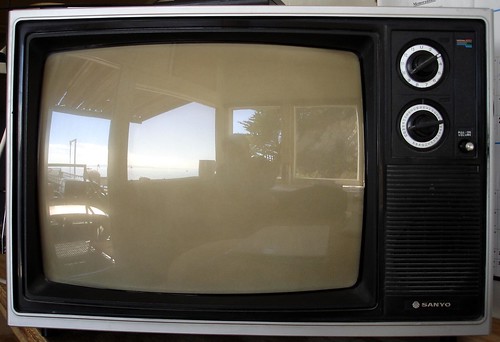What TV shows are we most drawn to? Are they really the ones we say we enjoy?
.
We’re drawn to content that stimulates us viscerally (like arguments) and watch more of it — even if it’s not as satisfying.
Guess that explains the rise of reality TV:
This paper investigates experimentally the effects of arousing content on viewing choices and satisfaction in television consumption. We test the hypothesis that the portrayal of arousing content combines high attraction and low satisfaction and is thus responsible for sub- optimal choices. In our experiment, subjects can choose among three programs during a viewing session. In the experimental condition, one of the three programs portrays a violent verbal conflict, whereas in the control condition the same program portrays a calm debate. A post-experimental questionnaire is used to assess subjects’ satisfaction with the programs and the overall viewing experience. The results support the hypothesis: the presence of arousing content causes subjects to watch more of a given program, although they experience lower content-specific and overall satisfaction. Arousing contents also significantly increase the discrepancy between actual and desired viewing.
Source: Attracted but Unsatisfied: The Effects of Arousing Content on Television Consumption Choices” from DEPARTMENT OF ECONOMICS UNIVERSITY OF MILAN – BICOCCA, Working Paper Series
Join 25K+ readers. Get a free weekly update via email here.
Related posts:





